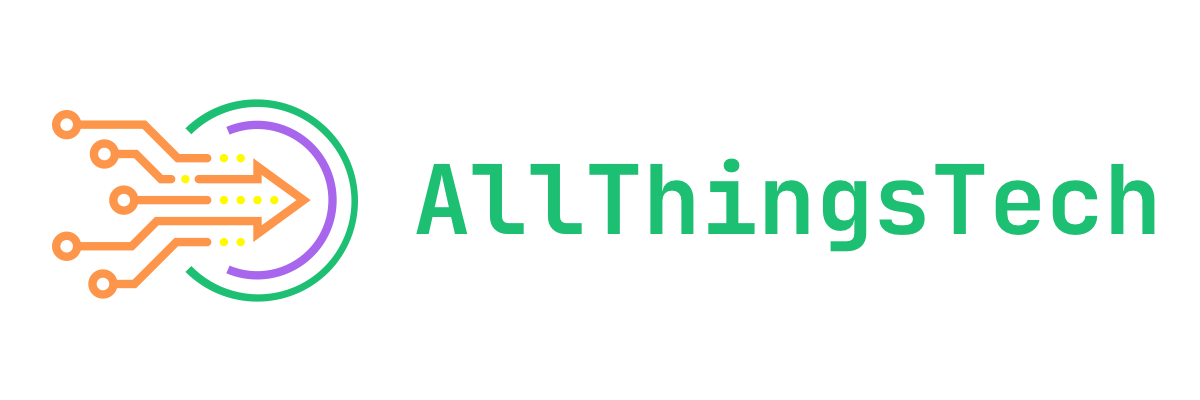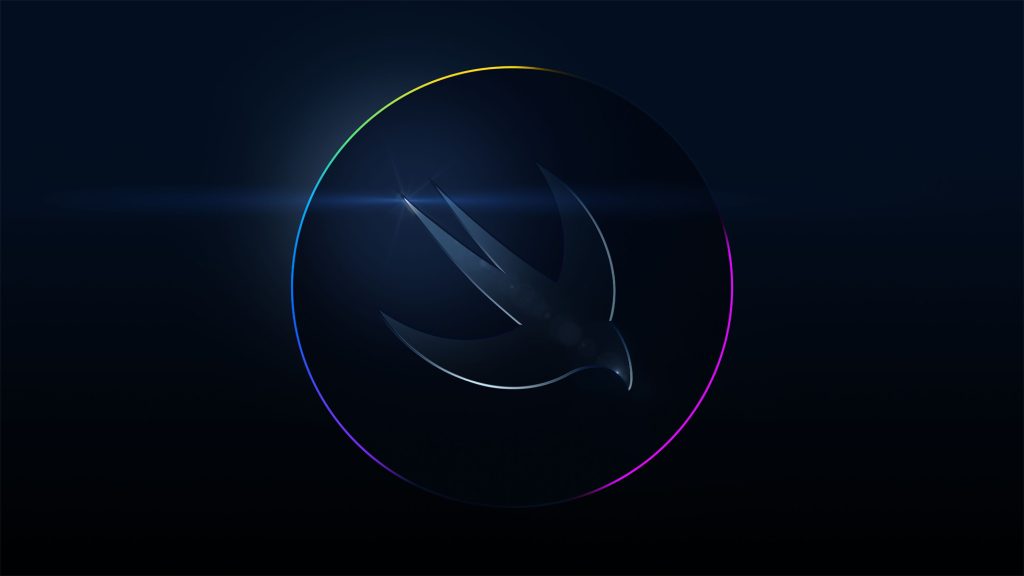Okay so here’s the thing:
A lot of the tech community knows quite a bit about tech, but not everyone out here is a developer. Not everyone knows what’s actually going on behind the scenes (even some that think they do). I’ve been going through a lot of training to develop on Apple’s platforms (just recently I became a certified Swift Developer), so I figured I would go through and talk about all of the resources I’ve utilized from Apple to be able to do all of this.
What Apple has Available
Apple’s Training Content
Books
Apple has a lot of books available for swift development that cover everything from how to use Xcode to how to build with UIKit. These books are updated with every new version of Xcode, and they’re the books that I used to obtain my certification.
Guided Trainings
Apple also has quite a few different trainings that give you a look at, not only Swift development, but also how to use SwiftUI and UIKit. These trainings also cover things like building accessible UI and how to properly test code. One of the biggest takeaways I had from these trainings is how much time they spend on explaining how to build accessible UI.
Pathways
These are actually relatively new and are essentially a curated collection of past WWDC sessions to go through in a particular topic be it Design or Development. This really just goes to show exactly how much content is available, you could easily get lost in all the content without the pathways.
Today at Apple Sessions
These ones I don’t think get talked about enough, but Apple literally runs short classes in their stores on a ton of different things from introductory sessions on how to use various devices to whole sessions on building applications. I remember walking into an Apple Store and watching literal children all building SwiftUI apps on iPads just chilling in the store. It’s kinda crazy.
Tooling
Apple has a lot of different tools they’ve built for developers to utilize from applications to SDKs to a set of symbols:
- Xcode
- Xcode Cloud
- App Store Connect
- AppKit, UIKit, and SwiftUI
- TestFlight
- Swift Playgrounds (despite the name, can actually serve as a rather powerful testing tool)
- SFSymbols
- Reality Composer
- CreateML
- There’s a ton more that I’m not even going to bother listing (seriously, it’s a lot)
A lot of this stuff is available for free
WWDC
This one is probably the most widely known because it’s where all of the new software is announced, but that’s just one session on one day, there’s actually a ton more content available to watch if you’ve got the technical knowledge to understand it.
Platforms State of the Union
Here, Apple goes in depth on some of the stuff they talked about in the main keynote (and some things they didn’t talk about). They’ll discuss different API’s, they’ll discuss system architecture, really it’s a more in-depth overview of the new stuff they announce.
Sessions
In the Developer app, all of Apple’s WWDC sessions are available to watch for free. All of them. There’s a decade worth of WWDC content in there that you can watch all for free.
Beta Software
In the past, the earliest beta track would only be available to paid developers, but now even this is available for free. Ideally, you should be regularly reporting issues you encounter, so there’s a little bit of an expectation there to give something back, but it’s there for free.
Labs
Developers can sign up for labs sessions where they can go over their code with someone at Apple to make sure they’re doing everything as high quality as possible.
Swift Student Challenge
This serves as a way for even young developers to get involved at WWDC. Each student builds a playground that solves a problem they or their community have encountered, the best ones are flown out to WWDC where they can meet Tim and other people at Apple to help get their developer career going in the right direction.
Apple Developer Academy
These academies are available in underserved communities and aim to help get those communities better represented in the tech world. There are a lot of these for women in nations that are historically not as friendly to women’s rights, there are academies for black communities, as well as a lot of academies in Brazil it would seem.
Entrepreneur Camp
This is a program that is designed for entrepreneurs from underrepresented communities.
My Experience as an Apple Platform Developer
If you follow my Threads account, you know that I’m currently building an iPhone app called Routines. It essentially is a list of reminders that (currently) repeats every day. I’m not going to go into too much detail on the why of the app here, that will come later. The reason I bring this up is to highlight my own developer journey. I took a course on Swift and received my certification in Swift Development. I downloaded the iOS 18 and macOS 15 Betas as well as Xcode 16. I utilized SwiftUI and SwiftData to build the app. I’ve watched hundreds of hours of WWDC content to get this app to a point where it’s almost ready for its first TestFlight release. I’ve paid Apple nothing for any of this. None of the education, none of the tooling. None of it. I’ve also gone from an idea to my current state of the app in 18 days. I had very little experience in SwiftUI and no experience in SwiftData prior to building this app. That’s the power of the platform and the content. I won’t have to pay any money to Apple until I actually go and release the TestFlight.
Overall, Apple’s gotten this weird reputation of walking all over small developers and my experience couldn’t be further from that. Every step of the way, there has been guidance or there has been something Apple’s built to make my job just that much easier. It’s the first platform I’ve really enjoyed building on (most of my development experience is in web development).
Are you an Apple Platform Developer? Talk a bit about your experience in the comments or reach out to me on Mastodon or reach out on Threads (which is also sharing to the Fediverse if your instance allows it).


